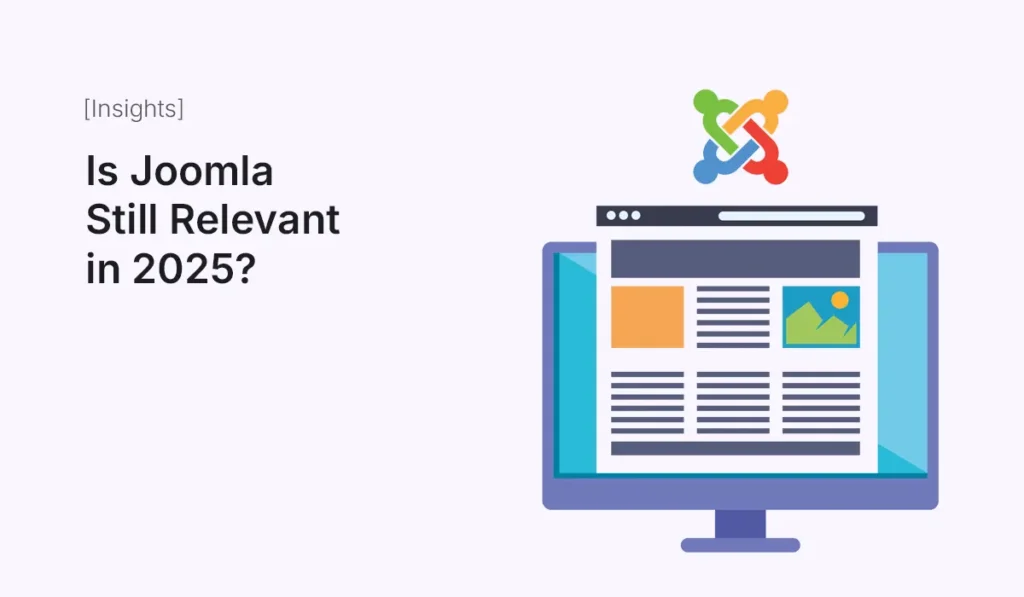Shopify vs. WooCommerce for Beginners

Introduction If you’re just starting your journey into the world of online selling, two platforms are bound to come up in your research: Shopify and WooCommerce. Both are popular, beginner-friendly, and powerful in their own ways. But if you’re new to eCommerce, it can be confusing to figure out which one is best for your business. In this beginner-friendly guide, we’ll compare Shopify vs. WooCommerce in detail. We’ll explore their differences, strengths, and limitations so you can make the right choice for your first online store. Overview of Shopify and WooCommerce What is Shopify? What is WooCommerce? Shopify vs. WooCommerce: A Beginner’s Comparison Ease of Use Winner: Shopify (best for absolute beginners). Cost Winner: WooCommerce (cheaper if you’re tech-savvy, but costs can add up). Design & Themes Winner: WooCommerce (more variety and flexibility). Payment Options Winner: WooCommerce (more control, no extra Shopify fee). Features & Apps Winner: Tie (Shopify = ease, WooCommerce = flexibility). Customization Winner: WooCommerce (better for advanced users). SEO (Search Engine Optimization) Winner: WooCommerce (more advanced SEO control). Security Winner: Shopify (less hassle for beginners). Scalability Winner: Shopify (easier scaling). Support Winner: Shopify (better beginner support). Shopify vs. WooCommerce: Pros & Cons Shopify Pros Shopify Cons WooCommerce Pros WooCommerce Cons Which One Should Beginners Choose? Real-Life Examples Conclusion Both Shopify and WooCommerce are excellent platforms, but the right choice depends on your skills, budget, and business goals. Ultimately, there’s no wrong choice — both platforms can help you build a successful online store. Still deciding on Shopify vs WooCommerce for beginners? Choose the platform that best fits your business goals and start building your online store today!
Is Joomla Still Relevant in 2025?

Joomla has been one of the most popular content management systems (CMS) for over a decade. It has powered millions of websites ranging from personal blogs to corporate portals. But with the rapid evolution of website technologies, page builders, and other CMS platforms like WordPress and Drupal, many wonder: Is Joomla still relevant in 2025? In this article, we explore Joomla’s current position, its strengths, weaknesses, and why it may still be a smart choice for certain websites. The Evolution of Joomla Since its launch in 2005, Joomla has undergone significant development: Joomla’s evolution shows a consistent effort to keep the platform modern, flexible, and secure. Strengths of Joomla in 2025 Despite the competition, Joomla still has several advantages: Flexibility and Scalability Joomla is highly versatile. You can build blogs, e-commerce sites, corporate portals, and social networking platforms with ease. Its flexible architecture makes it suitable for small businesses and large organizations alike. Multilingual Support Unlike some other CMS platforms, Joomla provides built-in multilingual support without requiring additional plugins. This is particularly valuable for global websites or businesses targeting multiple regions. Strong User Management Joomla’s user management system is more advanced than many competitors. It allows granular access control levels, which is ideal for membership sites, community portals, or enterprise-level websites. SEO-Friendly Features Joomla 4 comes with built-in SEO features including SEO-friendly URLs, meta tags, sitemap support, and schema markup. With proper configuration, Joomla websites can rank highly in search engines. Active Community and Extensions Joomla has a dedicated community that produces thousands of extensions and templates. Whether it’s SEO, security, e-commerce, or design, there are free and premium options available. Challenges Joomla Faces in 2025 While Joomla has many advantages, it faces some challenges compared to competitors: Understanding these challenges is important for deciding if Joomla is the right choice for your project. Who Should Consider Joomla in 2025? Joomla is still highly relevant for certain types of websites: For simple blogs or small businesses without technical expertise, WordPress might still be easier to use. But for structured, scalable, and complex sites, Joomla remains a strong contender. Joomla vs Competitors in 2025 Feature Joomla WordPress Drupal Flexibility High Medium Very High User Management Advanced Basic Advanced Multilingual Support Built-in Plugin Required Built-in Security Strong Good Very Strong Learning Curve Medium-High Low High Community & Extensions Large Very Large Moderate Joomla continues to strike a balance between ease of use and advanced functionality, making it relevant for medium to large-scale projects. Future Outlook for Joomla Joomla’s roadmap indicates continued relevance: As long as Joomla continues to innovate, it will remain a viable CMS option in 2025 and beyond. Conclusion So, is Joomla still relevant in 2025? Absolutely—especially for websites that require flexibility, strong user management, multilingual support, and scalability. While it faces competition from WordPress and other CMS platforms, Joomla remains a robust and secure choice for businesses, developers, and complex websites. If you’re planning a structured, professional, and scalable website, Joomla 4 provides modern features and powerful tools that make it as relevant today as it was a decade ago. Thinking about your next website? Explore Joomla in 2025 and leverage its powerful CMS features to build scalable, multilingual, and professional websites with confidence.
